Choose the Best Time & Itinerary!
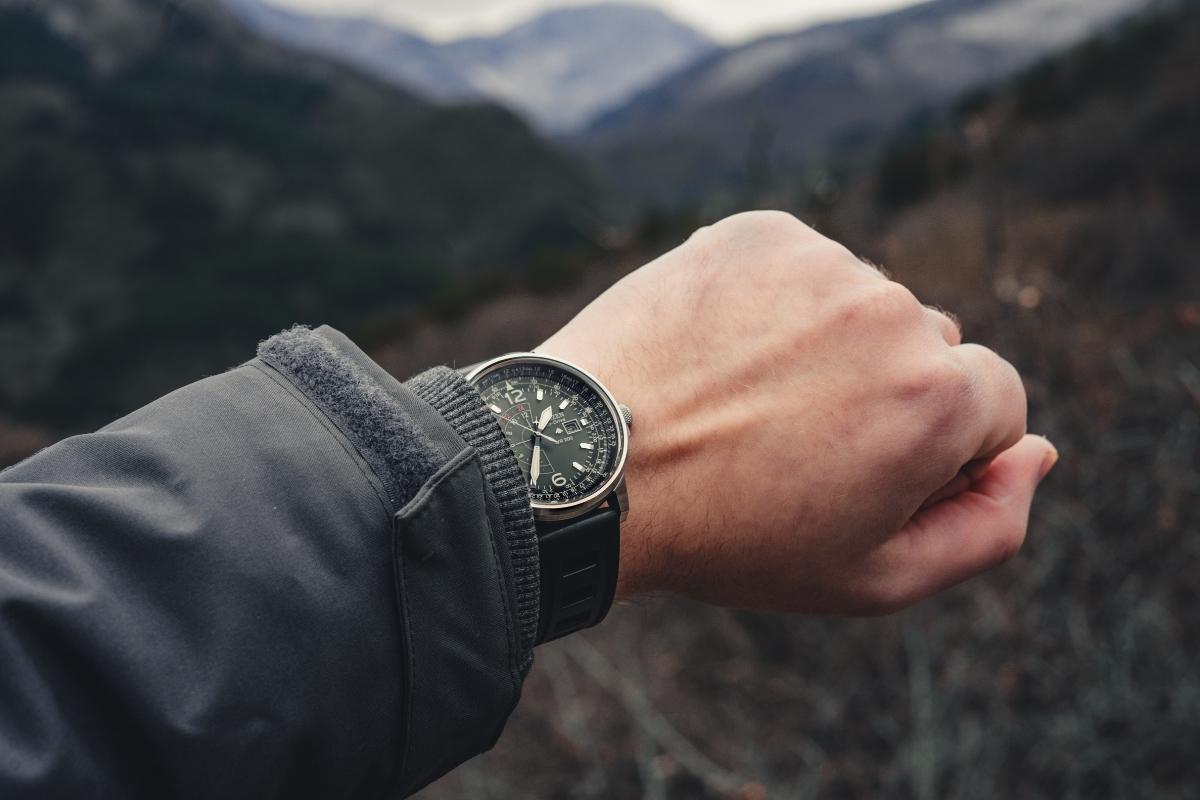
March through May and mid-September through December are the ideal times to complete the Everest base camp hike. This EBC hike can be completed in 10 to 14 days, not including the time spent in Kathmandu. On the trip to EBC, be careful to take two days off for acclimatization. Depending on how much time you have, you might choose to explore other parts of the same area, such as the Gokyo lakes or the Chola Pass, or you might prefer to hike the less used path to base camp.
Choose the Best Company to Trek with!

Choosing the best trekking company could be time-consuming but it is really important as your holidays and life depend on them. There are some points you need to make sure about choosing the best trekking company in terms of safety.
- Booking a tour and having everything taken care of for you.
- Make sure the company has an experience permanent trek guide or trip leader
- Check if they have a great trip-leading experience from trip reviews
- Check if they have enough trek crew to support them in case anything goes wrong
Although many tour operators offer tempting tour packages, it is best to use locally reputable travel agencies. First off, local businesses are the most knowledgeable about the area. Joining up with local experts on your trek gives you more freedom and authenticity. Additionally, they will travel with you and provide you with safety tips. The company's native tour guides know more about local traditions and culture. They can therefore help you gain a better understanding of the societies you come across.
Join us on one of our Everest Base Camp Trek departure dates, or contact us to create an Everest trek that meets your unique requirements. Enjoy this breathtaking, exhilarating journey knowing that our knowledgeable, experienced porters and guides will be there to help you at every step of the way.
A good guide is a must!
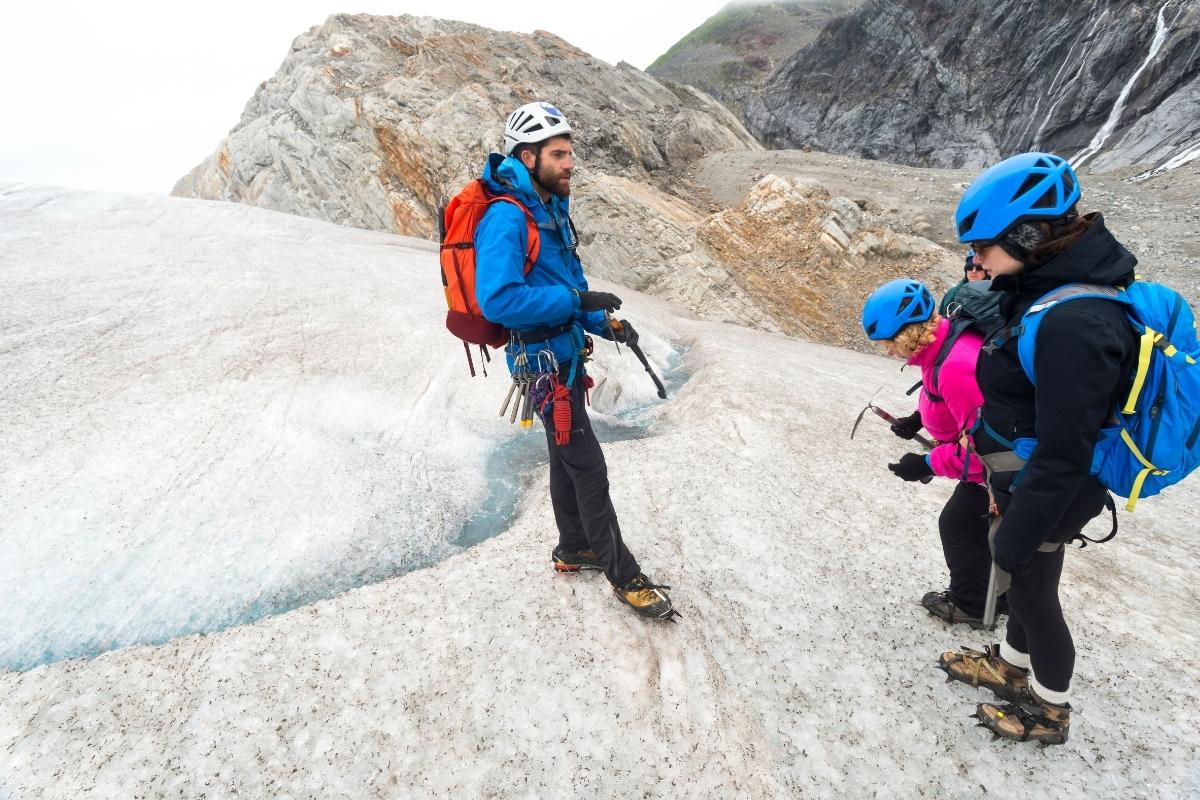
Choose a local trekking company and guide because nobody knows the Himalayas better than the local guides. The Himalayan Odyssey always advises hiring qualified, certified guides. A knowledgeable guide will be acquainted with both the trail and regional weather patterns, as well as how to react to them. A qualified guide should also be knowledgeable about first aid and best practices for emergencies.
It is a universal requirement for all international tour operators to appoint a local organization to manage their trip. International businesses merely help you while keeping the majority of the cake for themselves.
A competent guide can mean the difference between reaching Everest Base Camp and failing to do so. We can also guarantee that your trip to the Everest Base Camp will be comfortable and enjoyable thanks to our guides at The Himalayan Odyssey!
Be prepared physically as well as mentally!
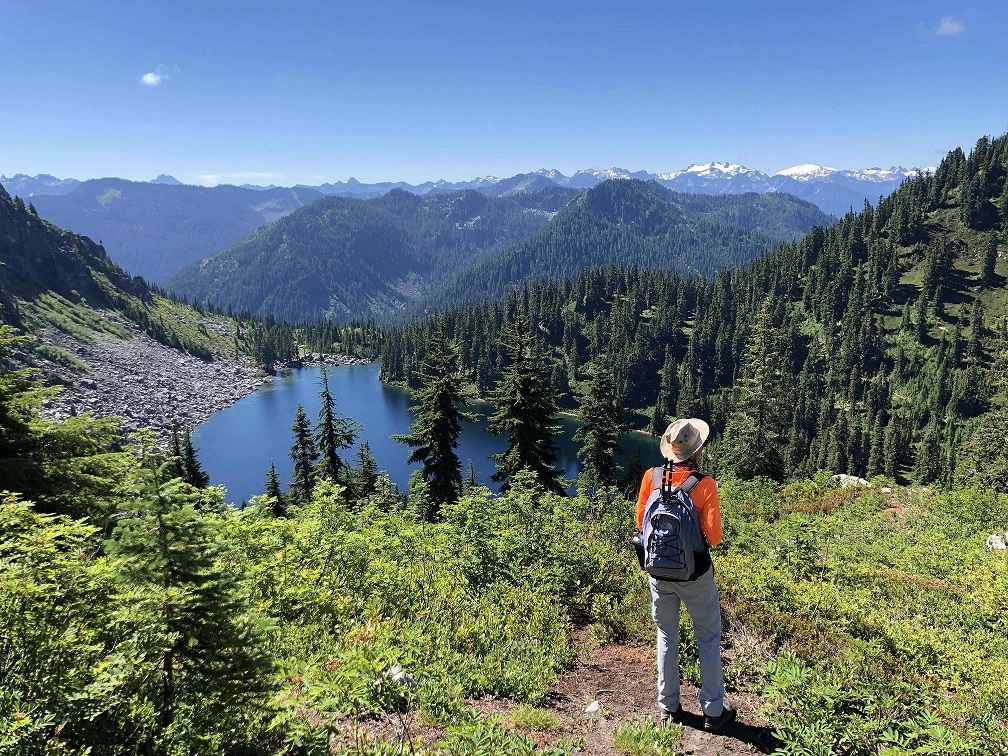
We suggest a one- to two-month physical preparation period before the Everest base camp trip. This is extremely important when the air is thin and your body requires more oxygen than it can absorb, such as during the trek to Everest Base Camp and the Everest region.
A certain degree of physical fitness is required. Exercises that will benefit your adventure include running, cycling, and lifting weights while ascending and descending stairs on your day off or during a weekend day hike. The development of your leg strength and endurance should be your top priority.
Trekking in the Himalayas is a walking adventure vacation at a higher altitude when the weather might be challenging. You are climbing the sides of huge mountains on your way to Mount Everest. As a result, mentally get ready for the worst-case scenarios. Some days are different lengths from day to day. The mind can exercise the body to the limit, but training will be ineffective if you lack the fortitude to keep going. additionally, develop your spiritual readiness.
Know about the Acute Mountain Sickness (AMS)!
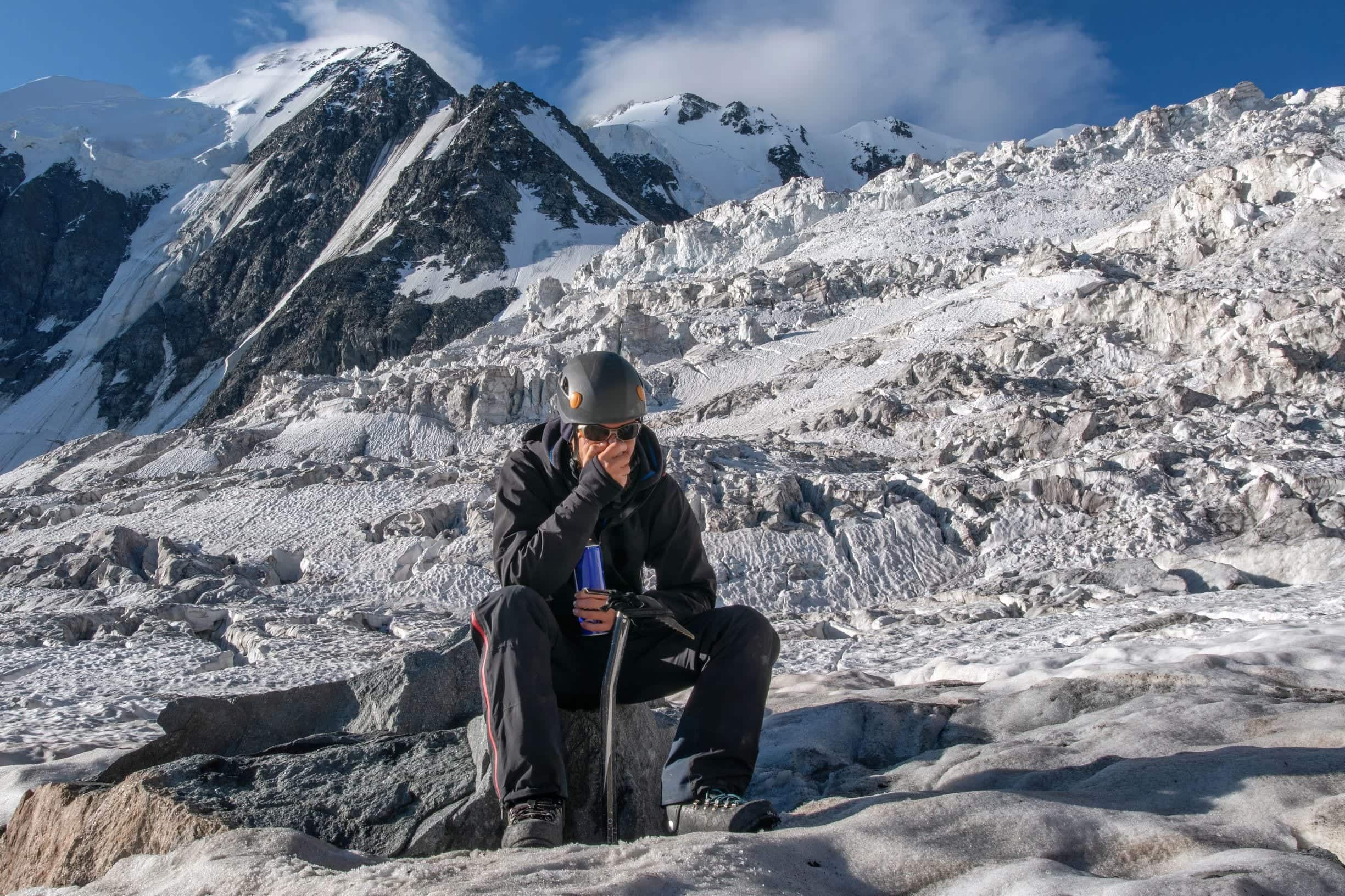
Years of experience have told us that if you acclimate for a shorter time than we advise, you run the risk of developing serious AMS (high altitude sickness). If the standard guideline of getting acclimated when rising higher is not followed, acute mountain sickness could be fatal.
Your initial strategy should incorporate as much acclimatization as is feasible. Spending more time here will make your encounter in a low-oxygen environment safer. Increased red blood cell synthesis is facilitated by the additional time spent during the acclimatization period. This enables you to go farther and reach higher altitudes safely while carrying more oxygen.
Your odds of success reduce if you acclimate for fewer days. So, we strongly advise that you make the most of your acclimatization.
Make sure you go SLOW, it’s not a marathon!
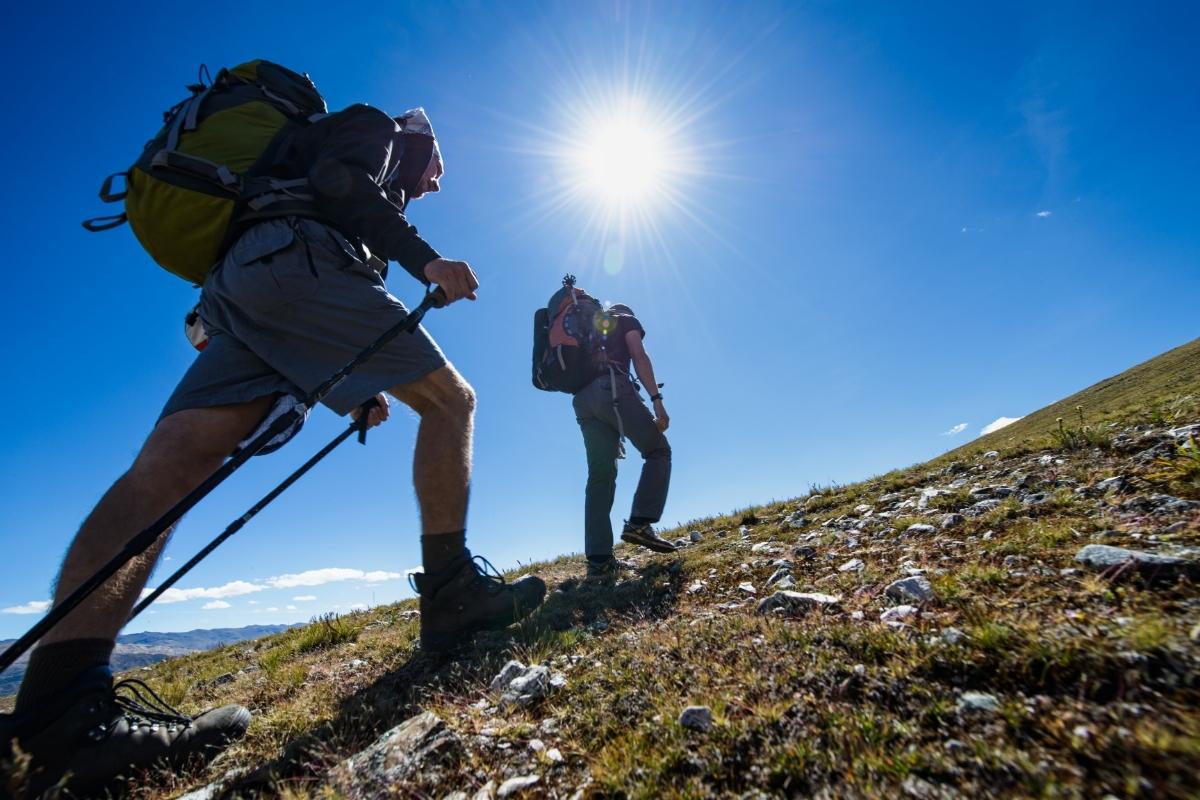
One of the keys to a secure climb to Everest base camp, whether you're going with a group or by yourself, is your walking speed. Your success depends on you moving at your own pace, moving slowly, and letting the way to the yaks. Always stay on the mountainside while directing traffic.
At The Himalayan Odyssey, we safely transport you to Everest Base Camp and then bring you down once more. This doesn't mean you should show up without planning, though. You must receive in-depth instruction and preparation. Leg strength is a crucial issue to address because descending is harder than ascending.
Be vegetarian and make sure to hydrate yourself!
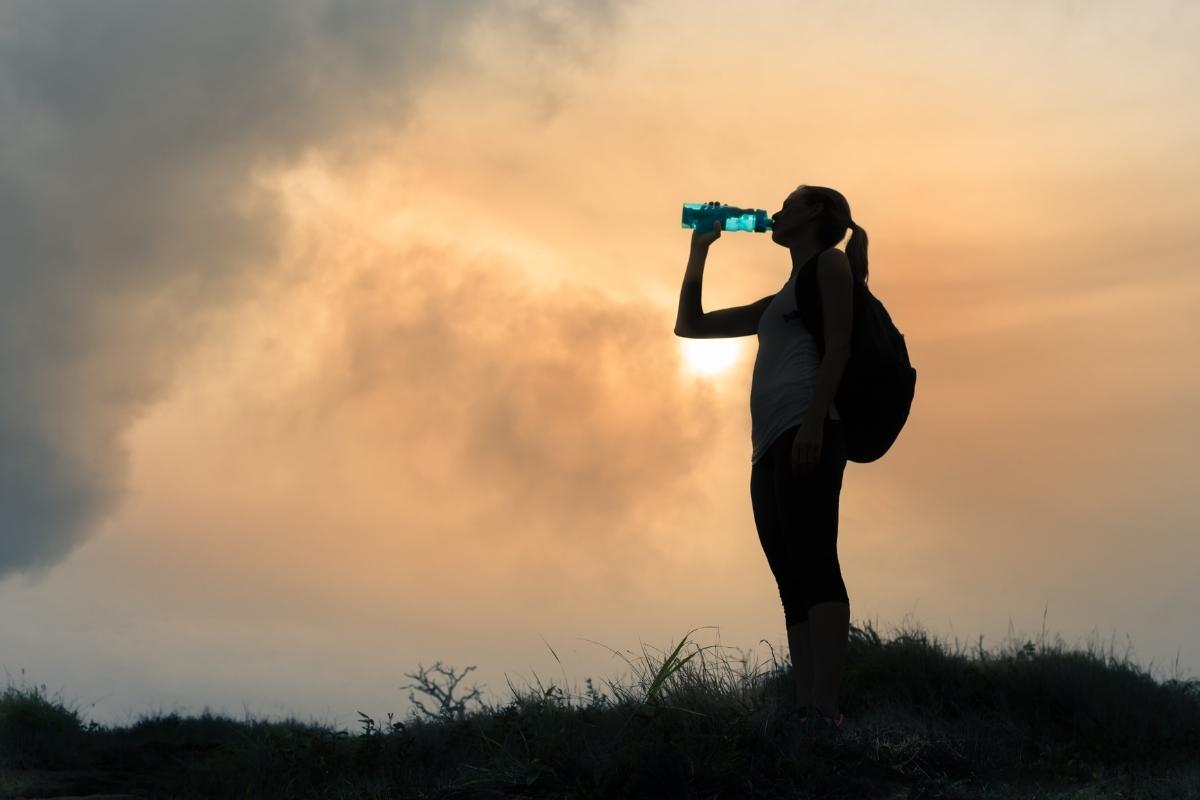
Being a vegetarian is the greatest method to keep oneself safe on the walk because meat items may be preserved for a longer period of time. Although it is safe to consume meat while on the trip, it is strongly advised against doing so once you have passed Namche Bazaar. The likelihood of the meat not being fresh is nearly certain.
At higher altitudes, stay away from cheese and dairy products. Therefore, dal-bhat, veggies and fresh Nepali cuisine are your best friends. Additionally, you could consume an endless supply of momo and other cuisines from Nepal.
3 to 4 liters of water should be consumed daily. The human body dries out at higher altitudes, thus maintaining hydration is crucial. Dehydration can occur even in non-mountainous environments, therefore avoiding it when walking to Everest Base Camp should be one of your top priorities.
Especially on risky slopes, always be on the lookout!
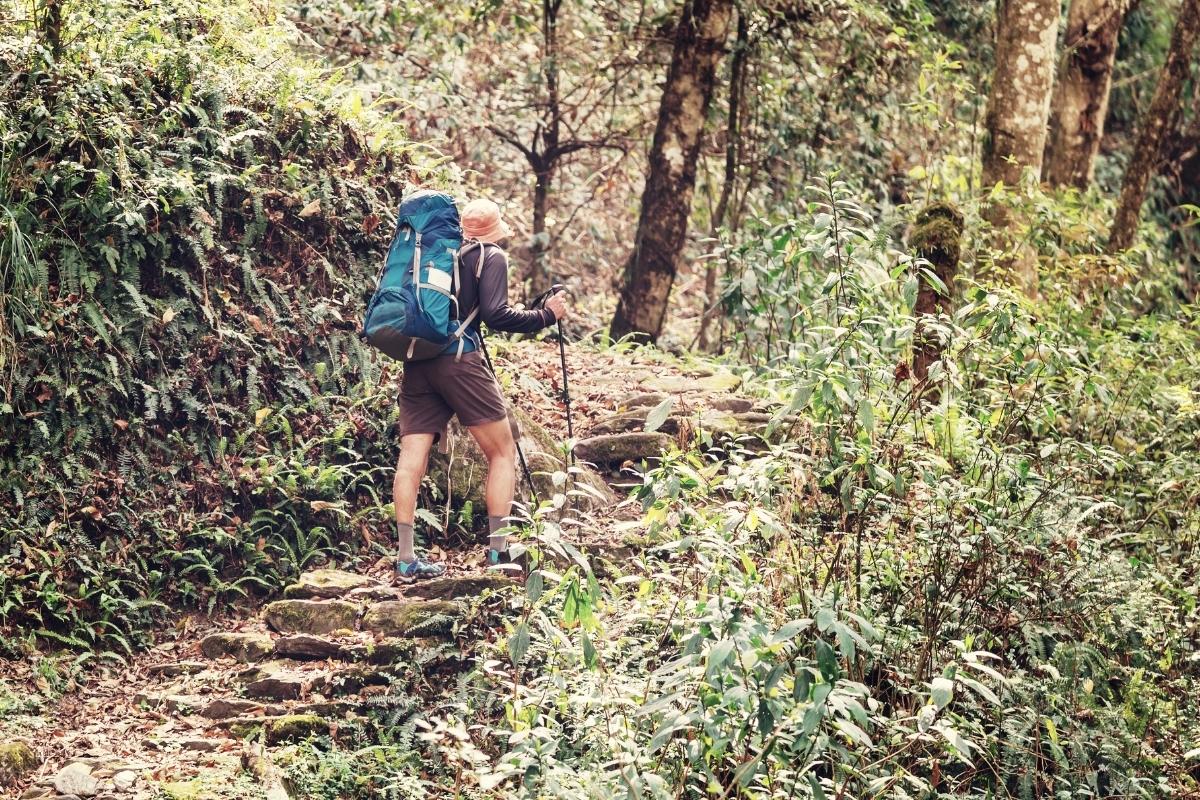
While at Everest Base Camp, there are several physical dangers. Among the dangers, you can encounter yaks, donkeys, rockfalls, landslides, and avalanche falls. You must constantly be aware of your surroundings to prevent damage.
You should also pay great attention to every step you take in high-risk areas. Your safety must always come first on the path. Always stay on the trail's mountainside and keep cliffs at a safe distance.
Proper gears mean you are safe!
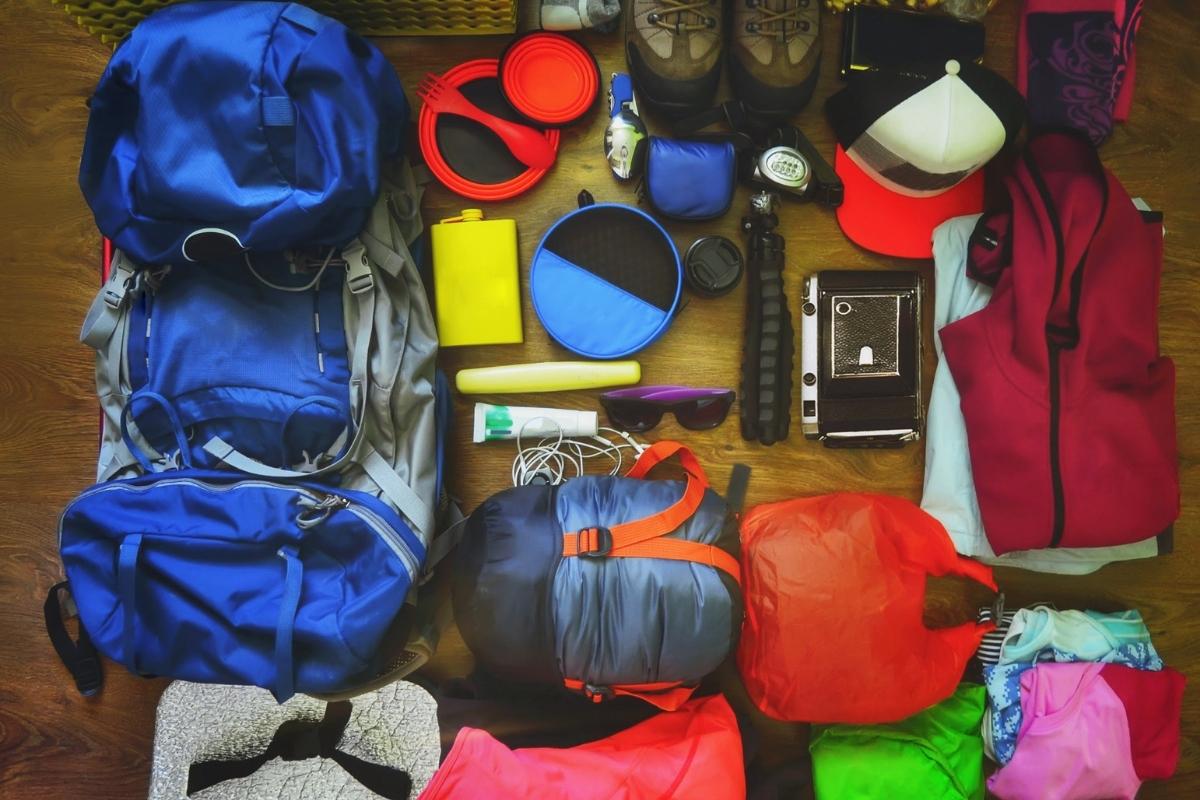
Your adventure vacation will be safer and more enjoyable if you choose the correct gear. While hiking the Everest Base Camp trail, you will encounter severe weather. So be sure your equipment is capable of the job. Get some warm, individual clothing. Check to see if your hiking boots have been broken in. Purchasing quality equipment is essential!
This can be rented in Kathmandu, or some of the companies offer the use of this trekking equipment for free. Trekking poles, hats, gloves, socks, down jackets, sleeping bags, chocolate, and even prescription drugs are available in Kathmandu. You require a comfortable sleeping bag or down coats in addition. Everything you need to reach Everest Base Camp may be found in Nepal.
Treat your cold water or get boiled/filtered water!
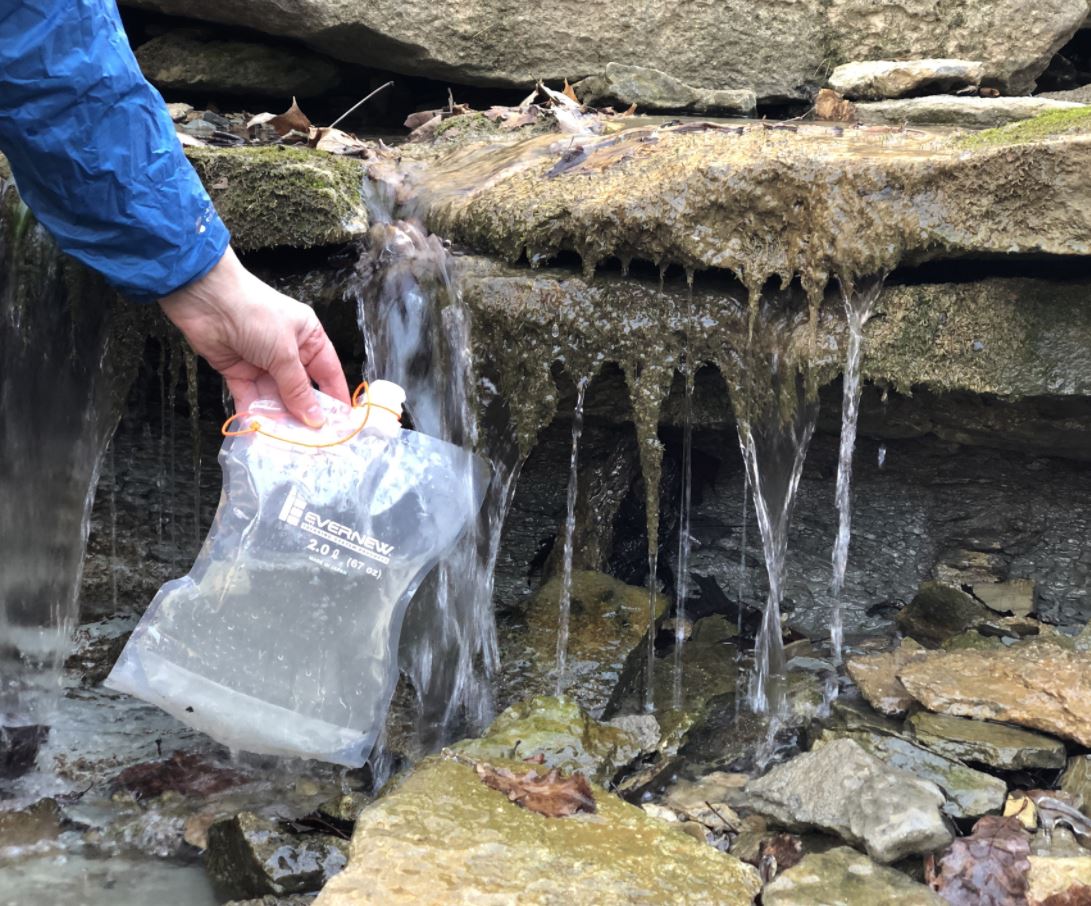
You are in the wild when on a trek, where you can experience the beauty and thrill of it. It's crucial that you avoid becoming sick while on the walk and maintain good health. While trekking, if you fill your bottle with cold water, you must first filter it using purification pills before consuming it. Drinking polluted water will ruin your vacation to Everest base camp.
On any trek, diarrhea is by far the most frequent issue we run with. It affects 1 out of every 4 hikers, on average. When diarrhea is not properly managed, it can turn into a nightmare and force a person to abandon the walk.
Bottled water is quite expensive and also bad for the environment. Therefore, be sure to pack adequate water purification tablets for the trip. Additionally, you might travel with a device like a SteriPen. Make sure to purchase boiling or filtered water from teahouses when you are in resting areas. Therefore, it is crucial that you drink the water properly and treat it before drinking.
Carry a first aid kit for your medical safety!
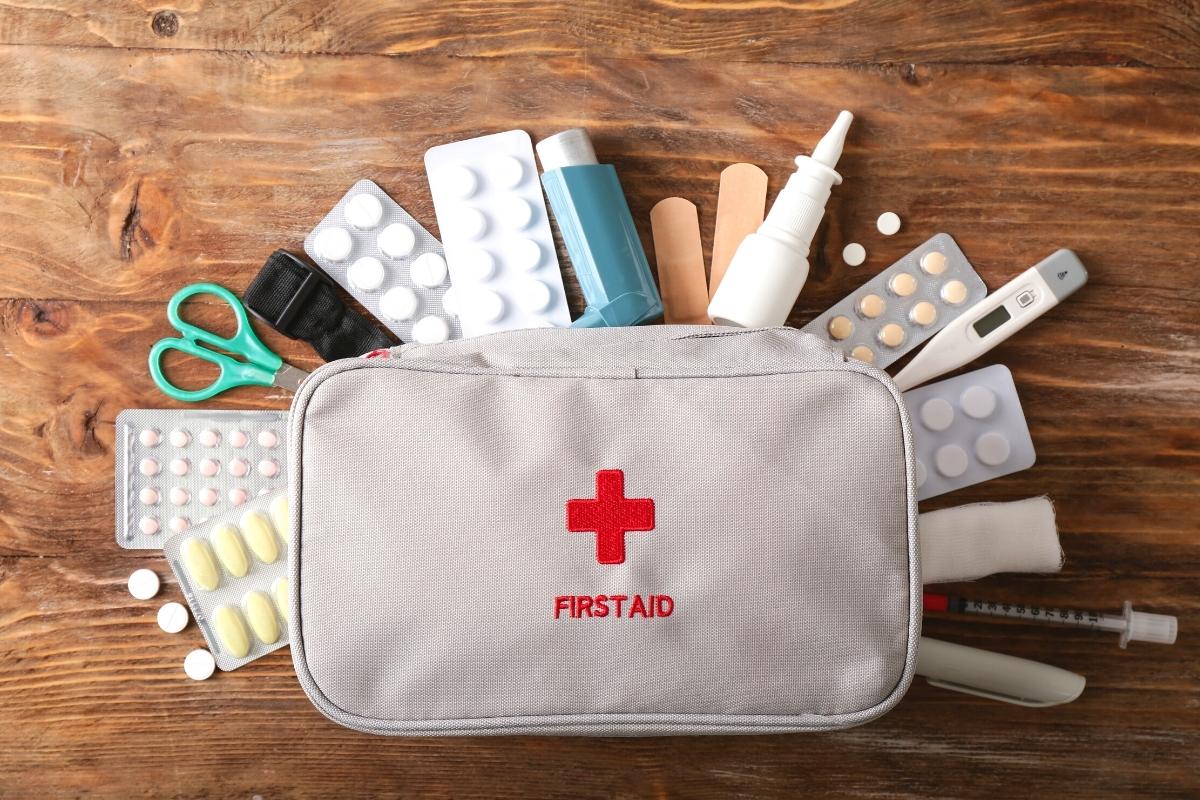
First aid offers emergency support to those who have had a mild or severe illness or injury. The days are lengthy, and first aid supplies won't be easily accessible while on the hike. We advise packing things like Diamox for altitude, decongestant pills, pin-killer, lip balms, sunscreen, band-aids, wet wipes, and anything else you think you'll need right away!
Final Thoughts
You won't run into any unforeseen scenarios by following these 11 Everest Base Camp Trek Safety Tips. Additionally, it mentally and emotionally readies you for a lifetime of travel. Last but not least, don't start the Everest Base Camp trail impulsively. Explore the stunning landscapes of the Everest region after you've taken the necessary precautions. So that you can be ready for your next journey, here is a comprehensive guide for the Everest Base Camp Trek.
Join our mailing list, and we'll keep you informed if you want to join us on the EBC Trek.












